Home>Gardening & Outdoor>Plant Care & Gardening Tips>What Animal Will Eat Mums
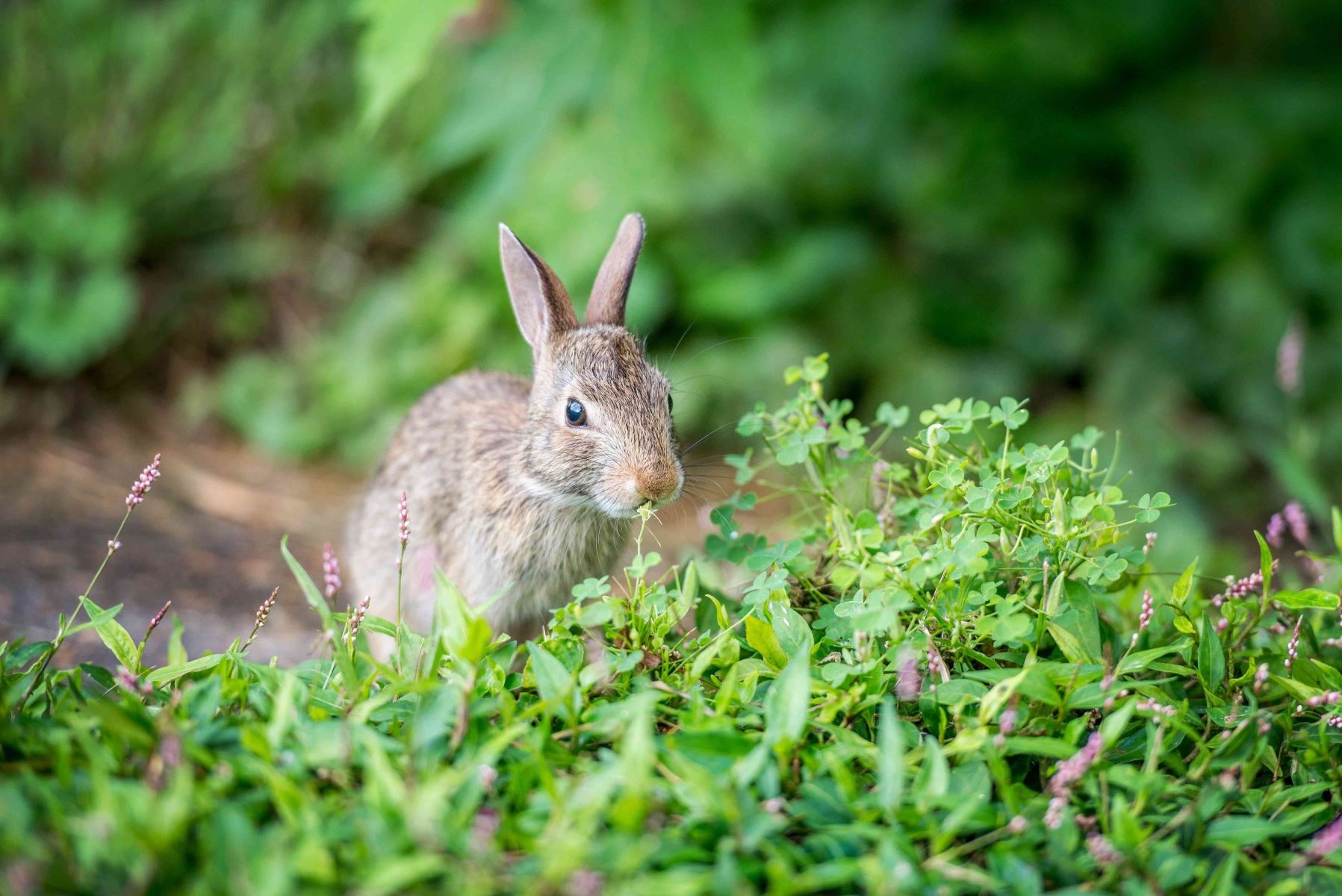

Plant Care & Gardening Tips
What Animal Will Eat Mums
Published: February 16, 2024
Discover plant care and gardening tips to protect your mums from being eaten by animals. Learn how to safeguard your plants and keep them thriving.
(Many of the links in this article redirect to a specific reviewed product. Your purchase of these products through affiliate links helps to generate commission for Storables.com, at no extra cost. Learn more)
Introduction
When it comes to nurturing a vibrant garden, one of the key concerns for plant enthusiasts is protecting their beloved flora from potential threats. Among these concerns is the possibility of animals feasting on the carefully cultivated plants. While some animals may pose a threat to the well-being of certain plant species, it's important to understand the dietary preferences of different creatures to effectively safeguard your garden.
Understanding the dietary habits of animals is crucial for maintaining a thriving garden. By recognizing which animals are likely to consume specific plants, gardeners can take proactive measures to protect their greenery. Whether it's the vibrant hues of chrysanthemums or the delicate petals of daisies, being aware of the potential threats from various animals empowers gardeners to implement strategies for safeguarding their botanical treasures.
In the following sections, we will explore the dietary habits of different animals, categorizing them into carnivorous, omnivorous, and herbivorous groups. By delving into the eating habits of these creatures, we can gain valuable insights into the potential risks they pose to our gardens. Let's embark on this enlightening journey to uncover which animals might have an appetite for mums and other cherished garden plants.
Key Takeaways:
- Protect your garden from hungry animals! Carnivores, omnivores, and herbivores like rodents, raccoons, and deer may nibble on your mums. Use fencing and natural repellents to keep them at bay.
- Create a harmonious garden ecosystem! Understand animal behaviors and implement strategies like habitat modification to safeguard your mums and other cherished plants. Embrace a thriving coexistence between flora and fauna.
Read more: What Animals Eat Sunflower Seeds
Carnivorous Animals
Carnivorous animals are known for their meat-eating tendencies, and while they may not typically target plants as a primary food source, certain circumstances can lead them to nibble on garden greenery. In the context of mums and other plants, it's important to be aware of which carnivorous animals might pose a threat.
-
Rodents: While rodents are often associated with a diet of seeds and grains, they can also display carnivorous behavior, especially when their usual food sources are scarce. In such situations, rodents may resort to nibbling on tender plant shoots, including those of chrysanthemums.
-
Insectivorous Birds: Birds that primarily feed on insects may inadvertently cause damage to plants while foraging for their prey. Their pecking and probing can harm the foliage and flowers of garden plants, including mums.
-
Carnivorous Pets: Domestic carnivorous pets, such as cats and dogs, may occasionally exhibit an interest in consuming plants. While this behavior is not their primary dietary inclination, it's important to be mindful of the potential risk they pose to delicate garden flora.
-
Wild Predators: In some regions, wild carnivorous predators like foxes, raccoons, and even larger animals such as coyotes may venture into gardens in search of food. While their primary targets are typically small animals, they may inadvertently cause damage to plants in their pursuit.
Understanding the potential impact of these carnivorous animals on garden plants, including mums, is essential for devising effective protective measures. By recognizing the behaviors and tendencies of these creatures, gardeners can implement strategies to deter them from causing harm to their cherished botanical displays.
Omnivorous Animals
Omnivorous animals, with their diverse dietary preferences, can present a unique challenge for gardeners aiming to protect their plants. These creatures, known for consuming both plant matter and other organisms, can inadvertently pose a threat to garden greenery, including beloved mums and other cherished plants. Understanding the potential impact of omnivorous animals on the garden ecosystem is crucial for implementing effective protective measures.
-
Raccoons: These adaptable creatures are notorious for their omnivorous diet, which includes fruits, nuts, insects, small animals, and even human food scraps. Raccoons are known to cause significant damage to gardens while foraging for food, and their curious nature can lead them to explore and potentially damage delicate plants such as mums.
-
Opossums: With their varied diet consisting of fruits, insects, small animals, and even carrion, opossums can inadvertently cause harm to garden plants while searching for sustenance. Their nocturnal habits may make it challenging to detect their presence, making it important to take preemptive measures to protect vulnerable flora.
-
Bears: In regions where bears roam, gardeners must be mindful of these powerful omnivores. While their primary diet consists of berries, insects, and small mammals, bears may cause extensive damage to gardens in their quest for food, potentially including the destruction of plants such as mums.
-
Pigs: In rural areas, free-ranging or feral pigs can pose a significant threat to gardens due to their omnivorous nature. These intelligent animals are known to consume a wide array of food, including plant roots and tubers, posing a risk to the well-being of garden plants.
-
Deer: While primarily herbivorous, deer are known to occasionally consume small birds and insects, showcasing their omnivorous tendencies. Their browsing behavior can lead to damage to garden plants, including the foliage and flowers of mums.
Understanding the potential impact of these omnivorous animals on garden plants is essential for devising effective protective measures. By recognizing the behaviors and tendencies of these creatures, gardeners can implement strategies to deter them from causing harm to their cherished botanical displays. Implementing deterrents such as fencing, motion-activated deterrents, and habitat modification can help mitigate the risks posed by omnivorous animals, safeguarding the beauty and vitality of the garden.
To protect your mums from being eaten by animals, try using natural deterrents like cayenne pepper or planting them near strong-smelling herbs like lavender or rosemary.
Herbivorous Animals
Herbivorous animals, with their plant-based diets, can significantly impact the well-being of garden plants, including the beloved mums adorning the landscape. Understanding the dietary habits and behaviors of these creatures is paramount for gardeners seeking to protect their botanical treasures from potential harm.
-
Deer: These graceful herbivores are known for their browsing behavior, which can lead to significant damage to garden plants. With their penchant for consuming tender shoots and foliage, deer pose a notable threat to the lush greenery, including the vibrant blooms of mums. Their presence in the vicinity of gardens can result in the decimation of carefully nurtured plants, making them a primary concern for gardeners.
-
Rabbits: These small, agile herbivores are notorious for their voracious appetites and can wreak havoc on garden plants, including mums. Their propensity for nibbling on tender shoots and leaves poses a considerable threat to the well-being of delicate flora. Gardeners often find themselves devising creative strategies to protect their plants from the persistent nibbling of these adorable yet destructive creatures.
-
Squirrels: While primarily known for their nut-gathering antics, squirrels are also herbivorous and may indulge in consuming tender plant shoots and flowers. Their agile nature and inquisitive behavior can lead them to explore and potentially damage garden plants, including the cherished mums that adorn the landscape.
-
Groundhogs: These burrowing herbivores can cause significant damage to garden plants, including mums, due to their voracious appetites for tender foliage. Their subterranean habits and insatiable appetites make them a formidable threat to the well-being of garden greenery, necessitating proactive measures to safeguard against their destructive tendencies.
-
Gophers: These subterranean herbivores are known for their tunneling activities and can cause extensive damage to garden plants by consuming roots and tubers. Their subterranean foraging can lead to the destruction of the root systems of plants, including mums, posing a significant challenge for gardeners aiming to maintain the vitality of their botanical displays.
Understanding the potential impact of these herbivorous animals on garden plants is essential for devising effective protective measures. By recognizing the behaviors and tendencies of these creatures, gardeners can implement strategies to deter them from causing harm to their cherished botanical displays. Implementing deterrents such as fencing, natural repellents, and habitat modification can help mitigate the risks posed by herbivorous animals, safeguarding the beauty and vitality of the garden.
Conclusion
In the intricate tapestry of garden ecosystems, the interplay between plants and animals is a delicate balance that requires thoughtful consideration and proactive measures. As we've delved into the dietary habits of carnivorous, omnivorous, and herbivorous animals, it becomes evident that safeguarding garden plants, including the cherished mums, demands a multifaceted approach.
Gardeners are tasked with not only nurturing the botanical beauty of their landscapes but also with protecting their greenery from potential threats posed by a diverse array of creatures. From the subtle nibbling of tender shoots by herbivorous rabbits to the foraging antics of omnivorous raccoons and the occasional curiosity-driven exploration by carnivorous pets, the risks to garden plants are varied and nuanced.
Armed with an understanding of the dietary inclinations and behaviors of these animals, gardeners can implement a range of strategies to mitigate the potential harm. From the installation of physical barriers and the use of natural deterrents to the cultivation of wildlife-friendly habitats, there are numerous avenues through which gardeners can protect their botanical treasures.
Furthermore, fostering a deeper understanding of the ecological dynamics at play in the garden can inspire a harmonious coexistence between plants and animals. By embracing sustainable gardening practices and cultivating a biodiverse environment, gardeners can create a thriving ecosystem that supports the well-being of both flora and fauna.
As we conclude this exploration of the animals that may have an appetite for mums and other garden plants, it's clear that the protection of botanical treasures requires a blend of vigilance, creativity, and compassion. By nurturing a deeper connection with the natural world and embracing the symbiotic relationship between plants and animals, gardeners can cultivate not only a visually stunning landscape but also a flourishing haven for diverse forms of life.
In the tapestry of the garden, each creature plays a role, and through mindful stewardship, gardeners can weave a narrative of coexistence and abundance, where the vibrant hues of mums and the delicate beauty of other garden plants can thrive in harmony with the creatures that share this intricate ecosystem.
Frequently Asked Questions about What Animal Will Eat Mums
Was this page helpful?
At Storables.com, we guarantee accurate and reliable information. Our content, validated by Expert Board Contributors, is crafted following stringent Editorial Policies. We're committed to providing you with well-researched, expert-backed insights for all your informational needs.
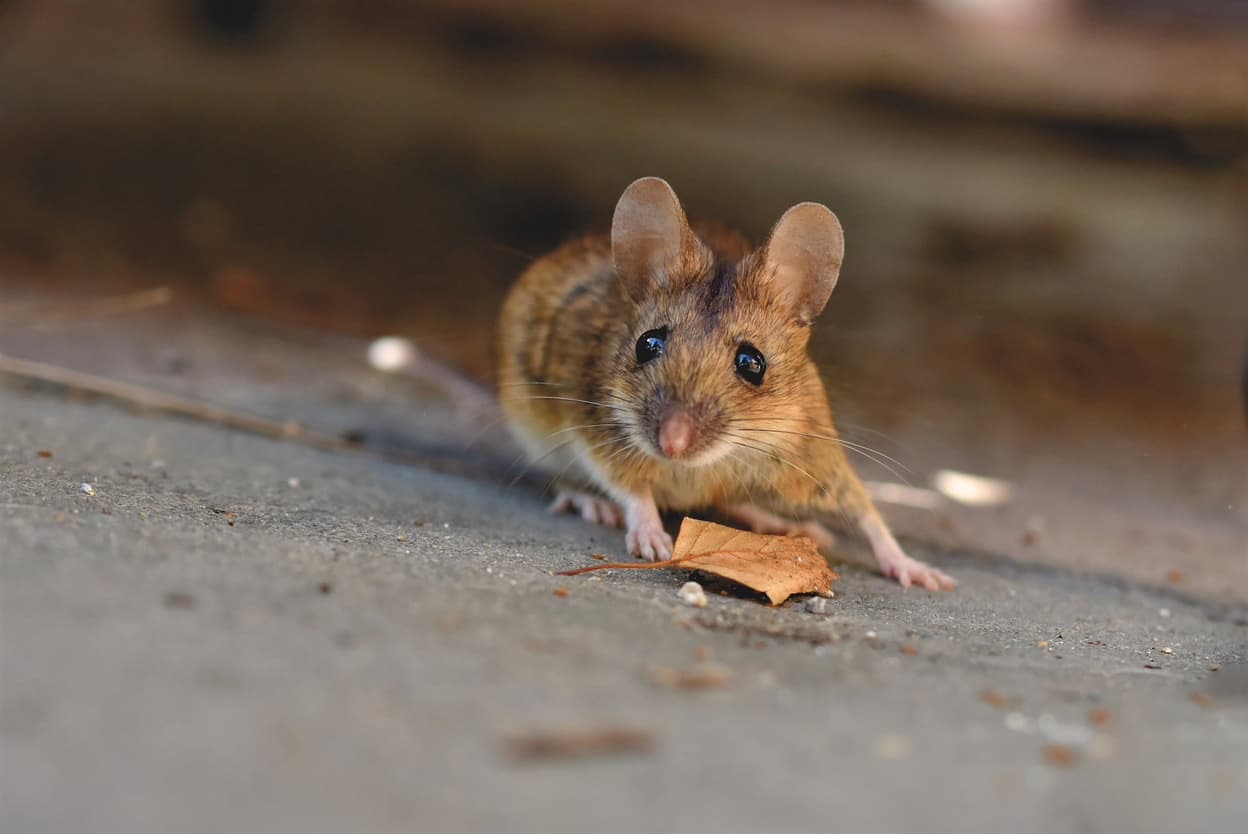

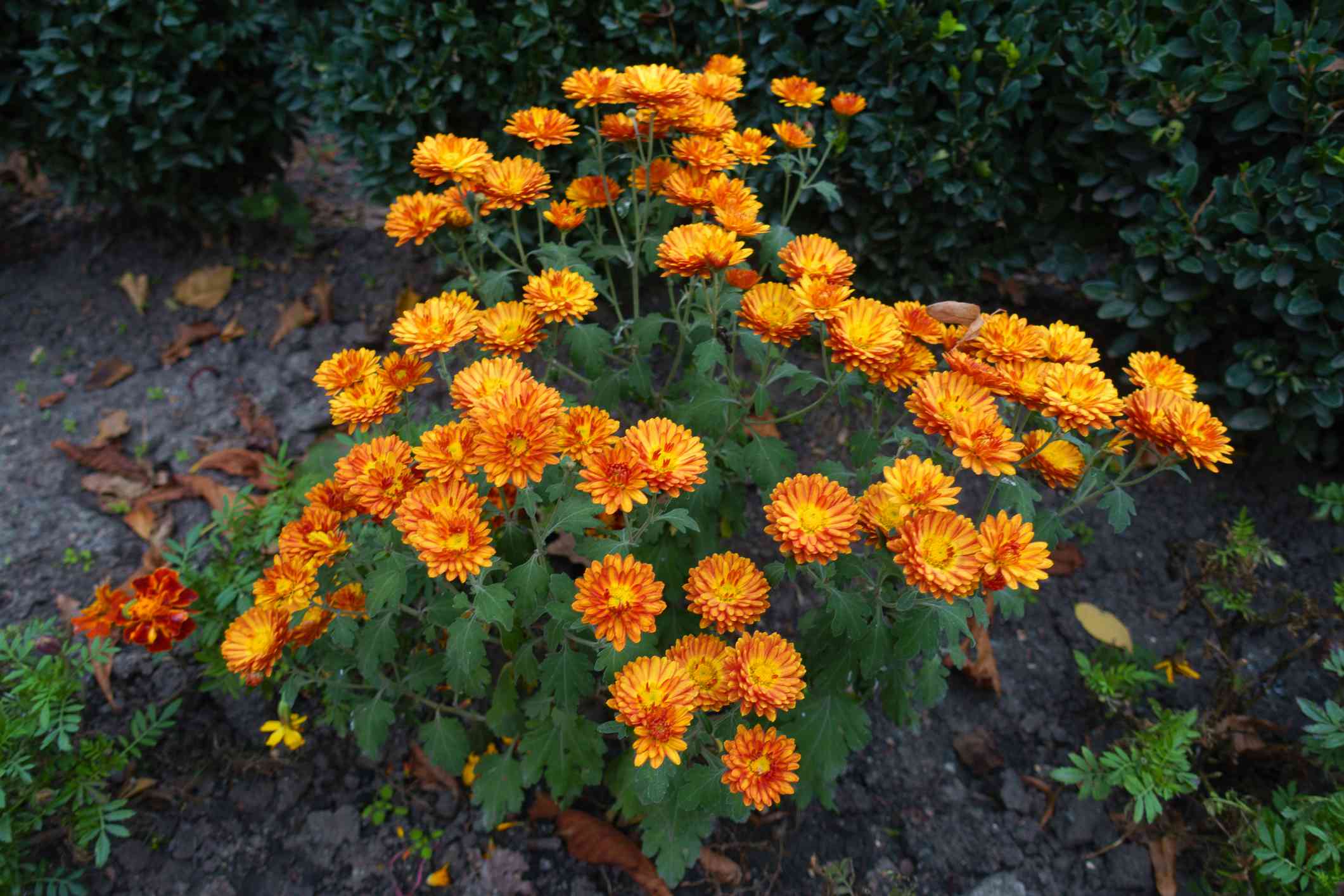

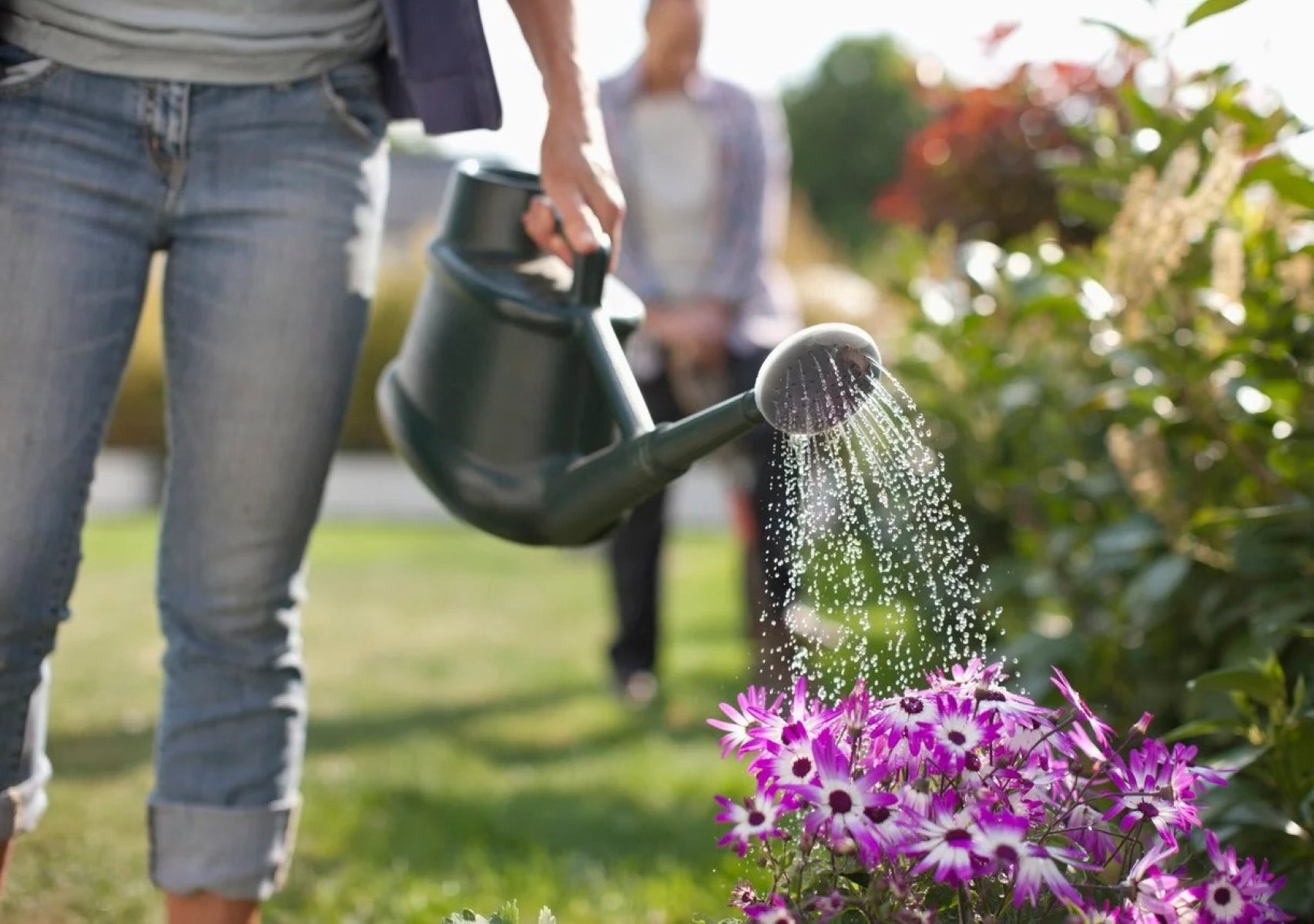
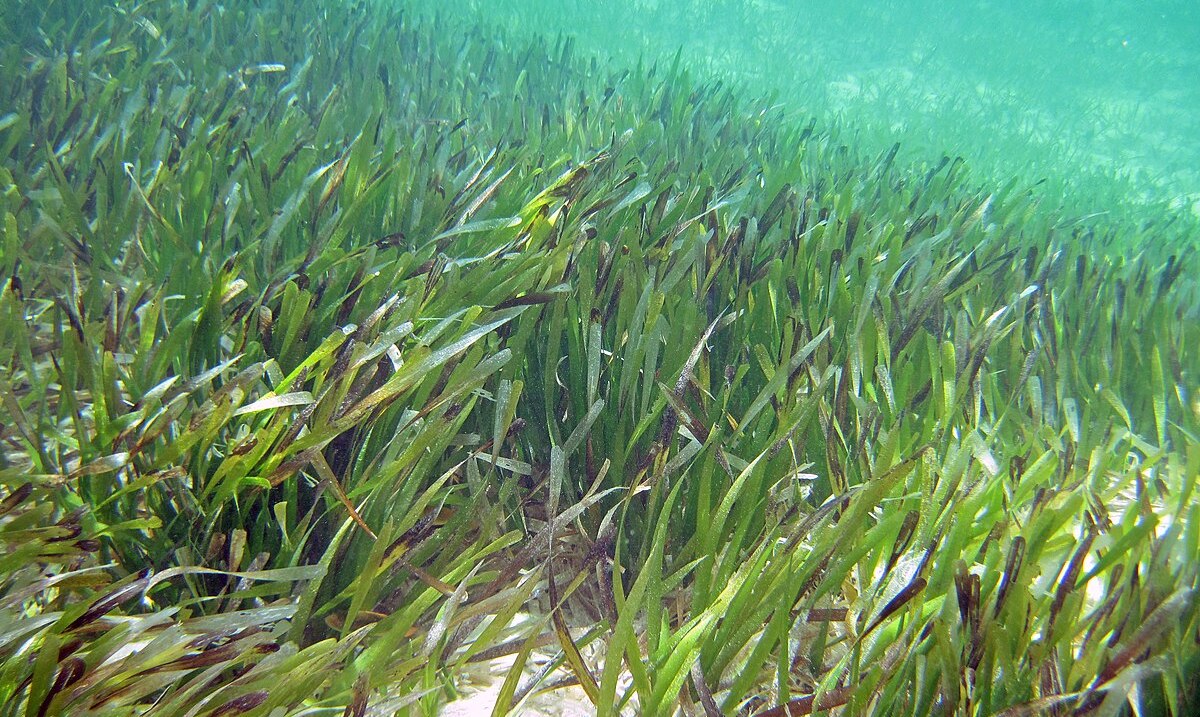
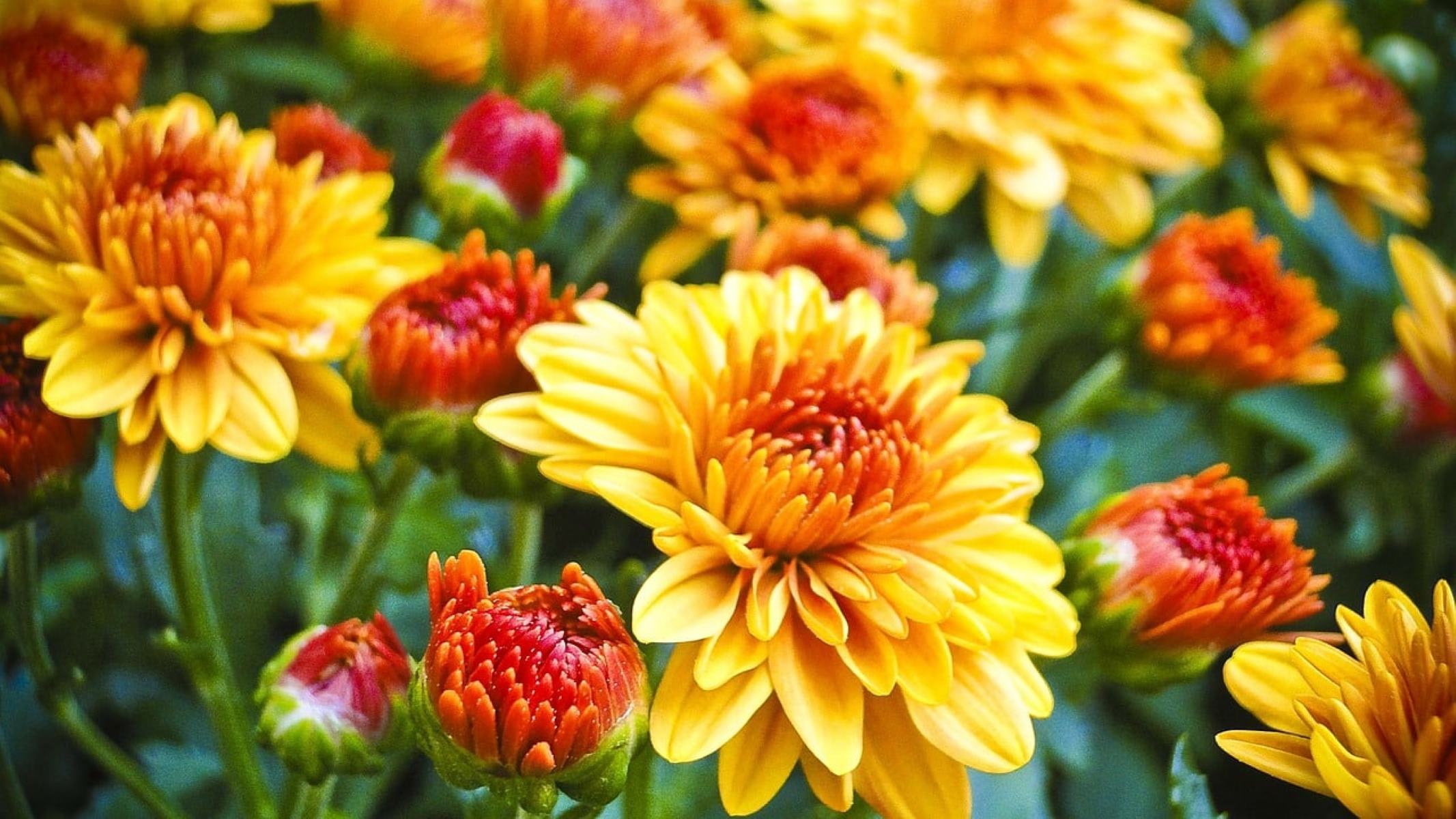
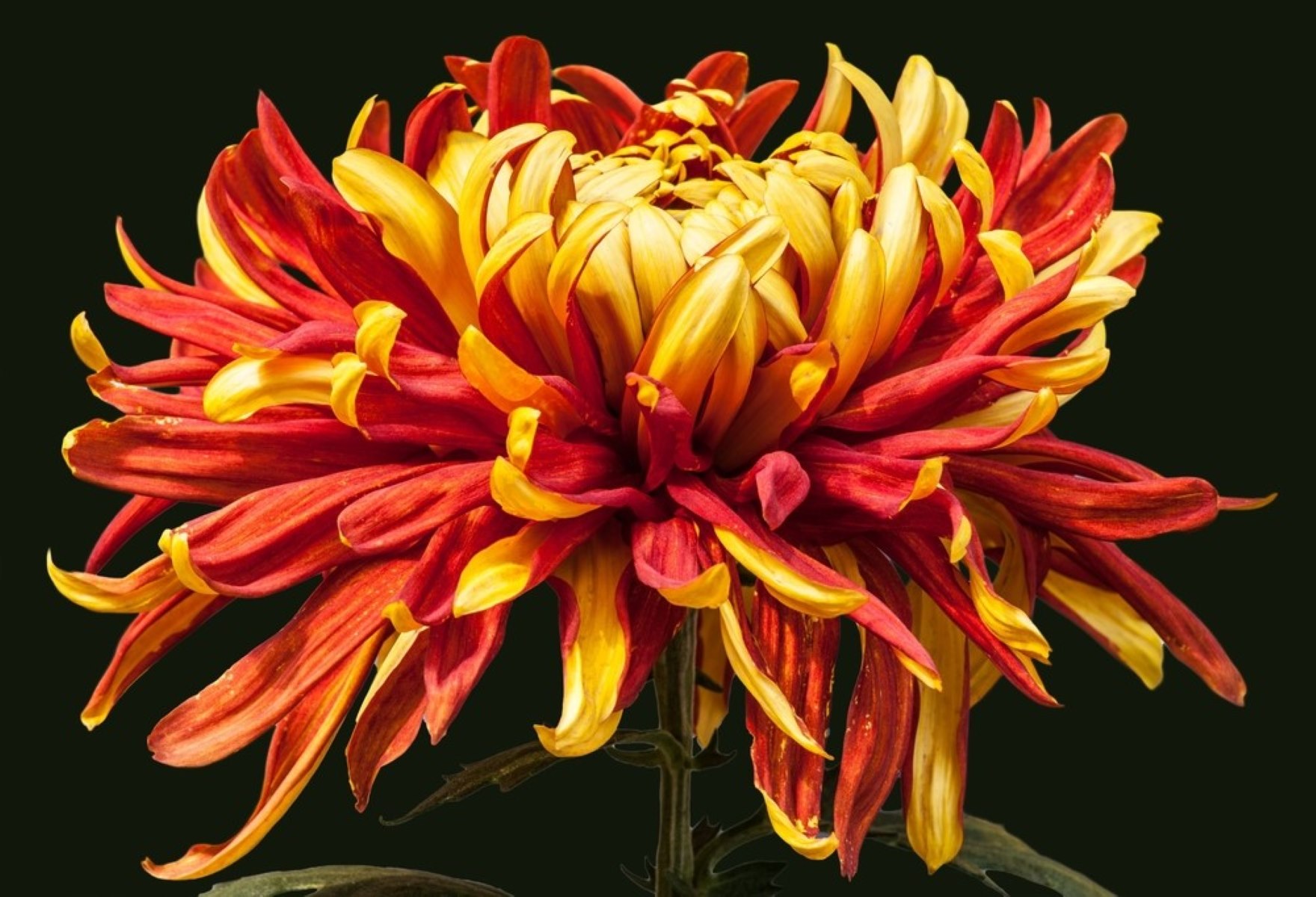
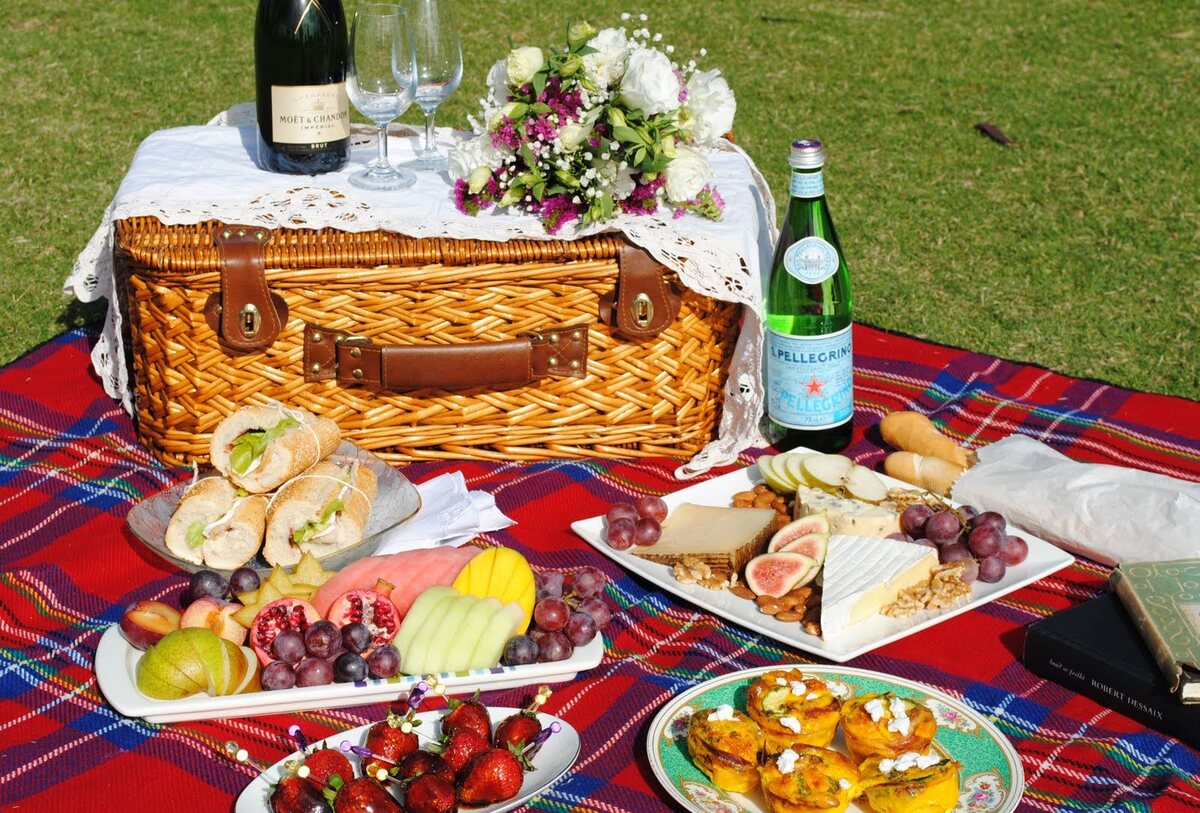
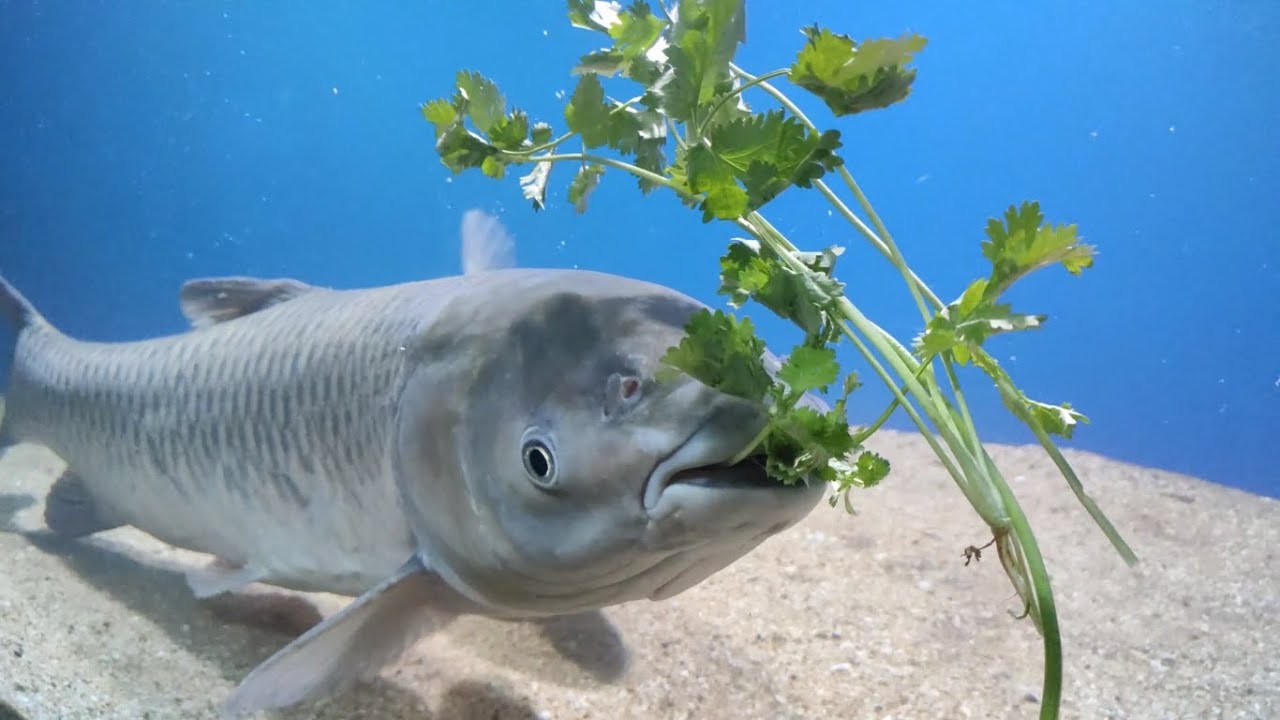
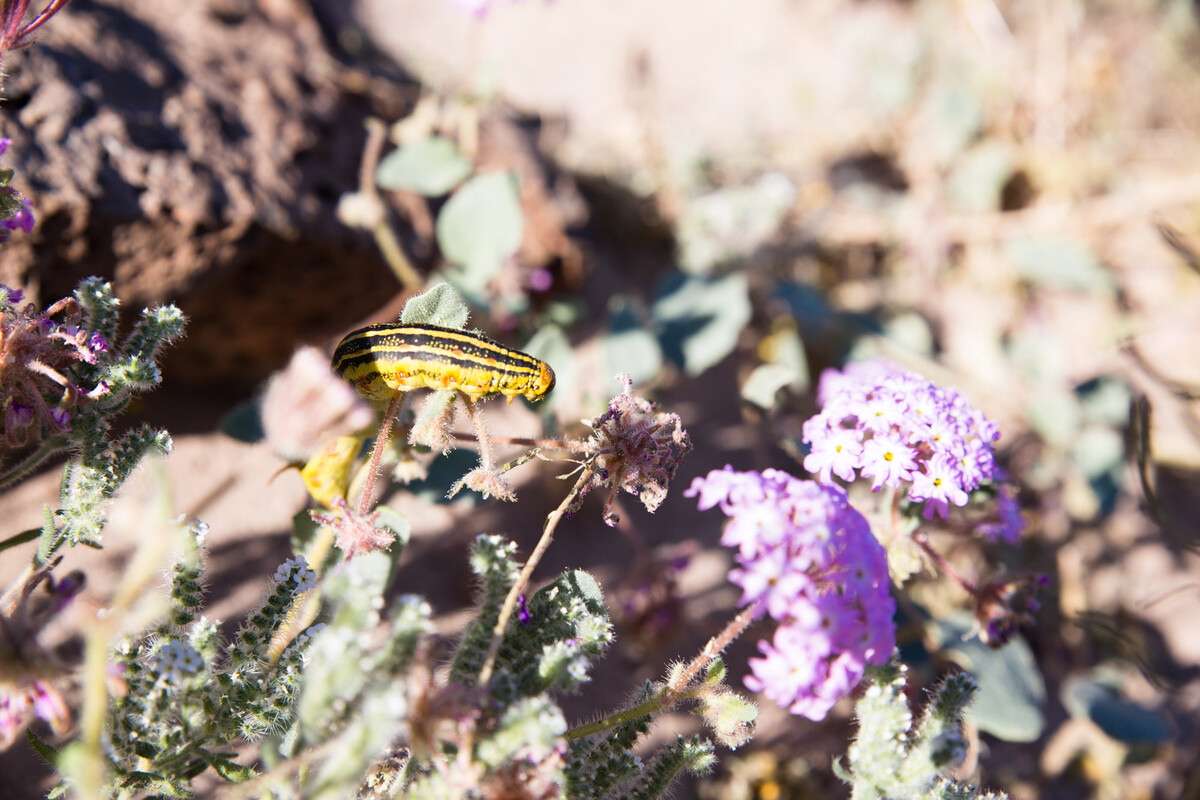
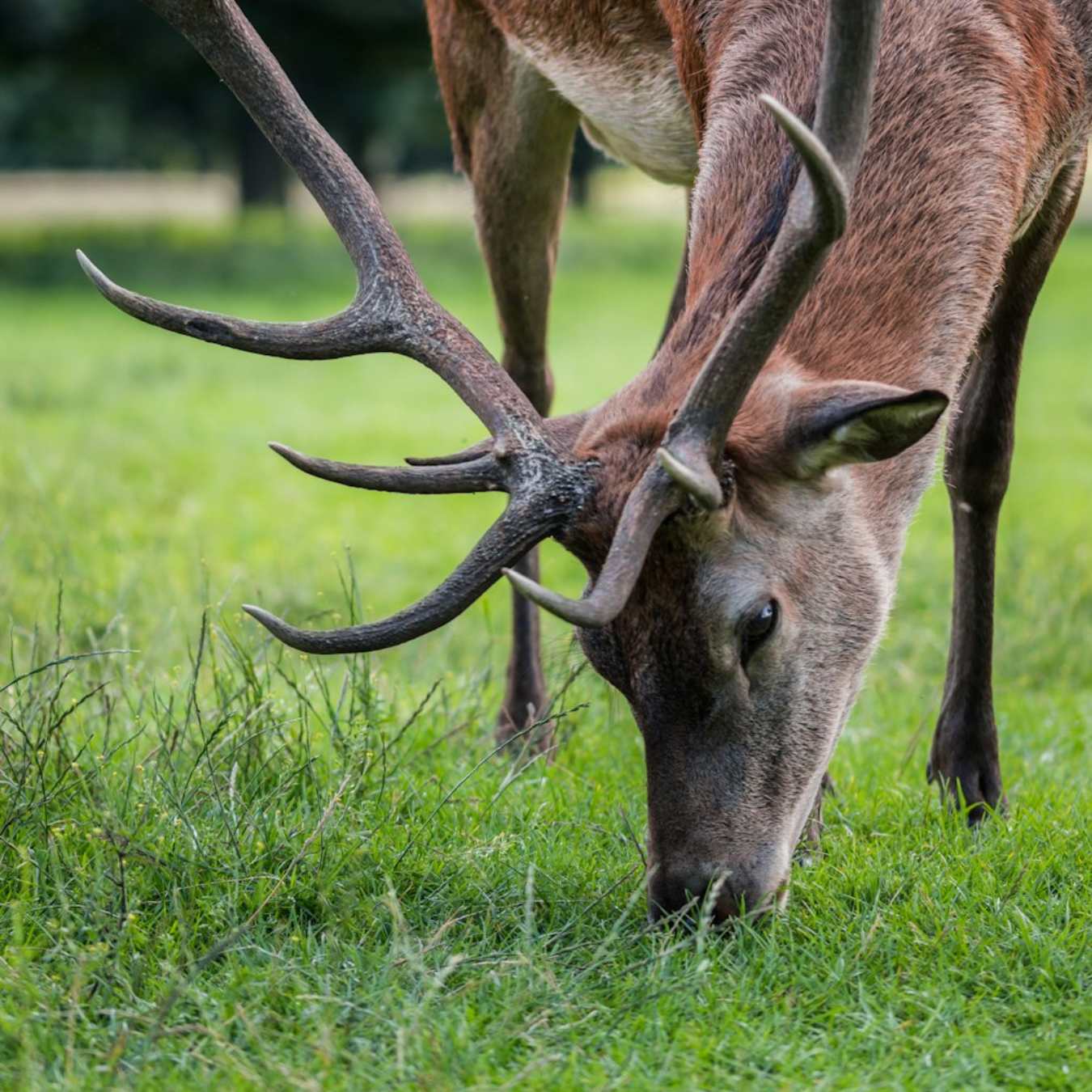
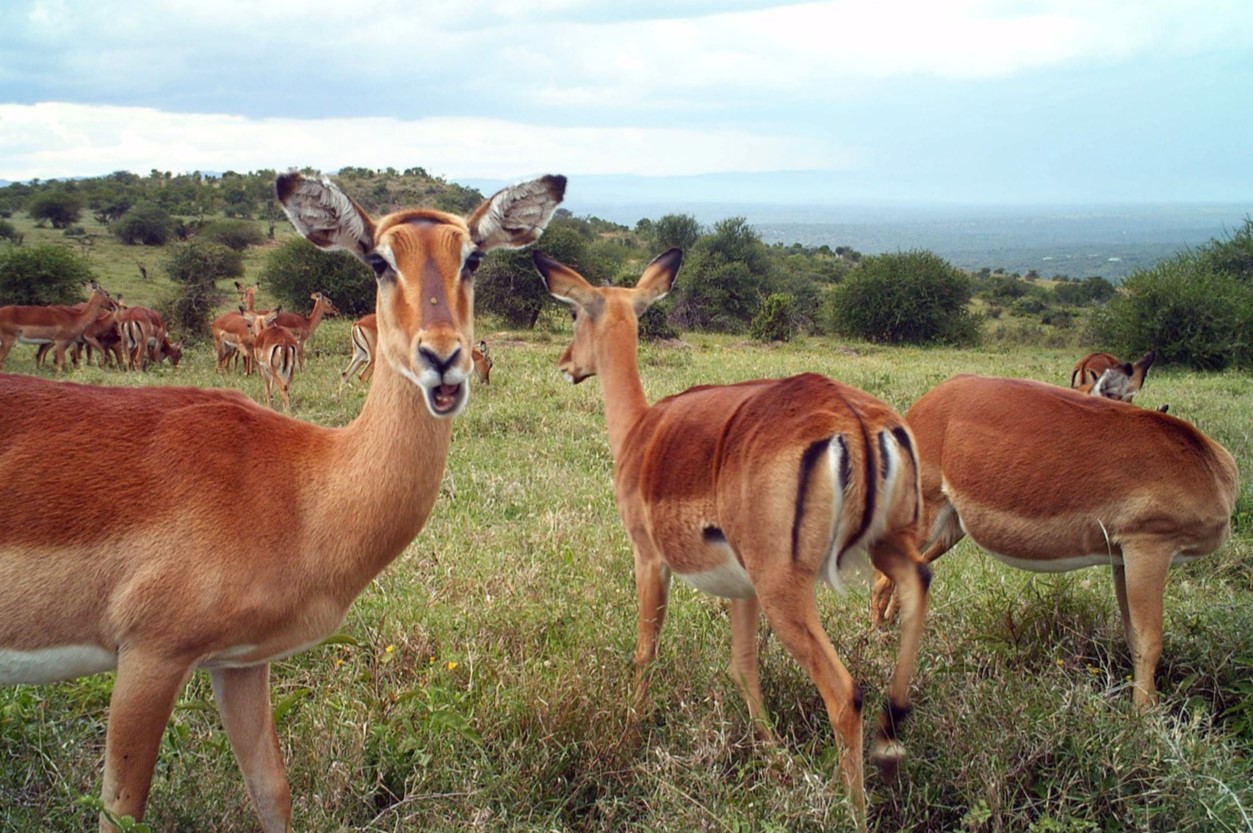
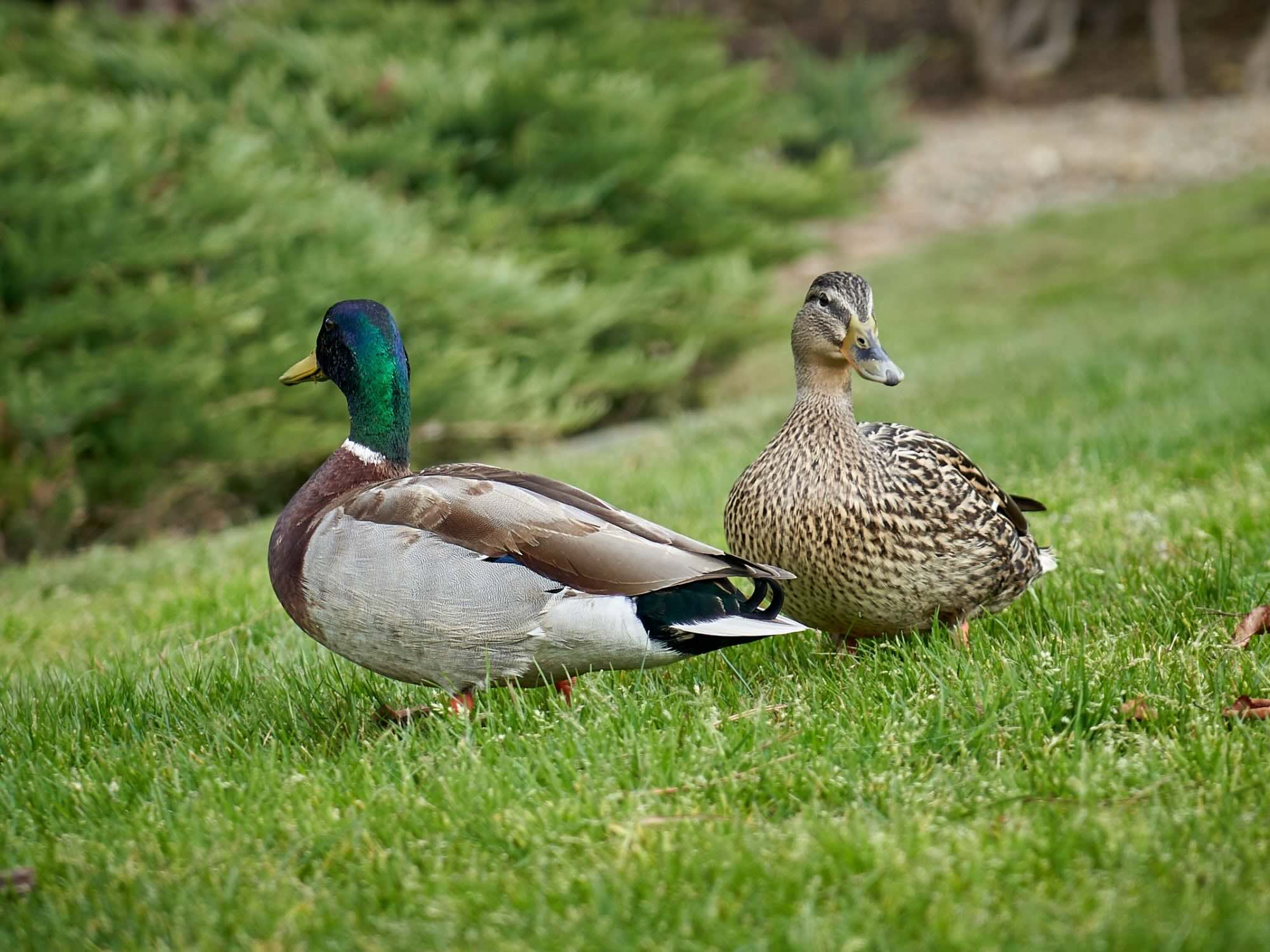
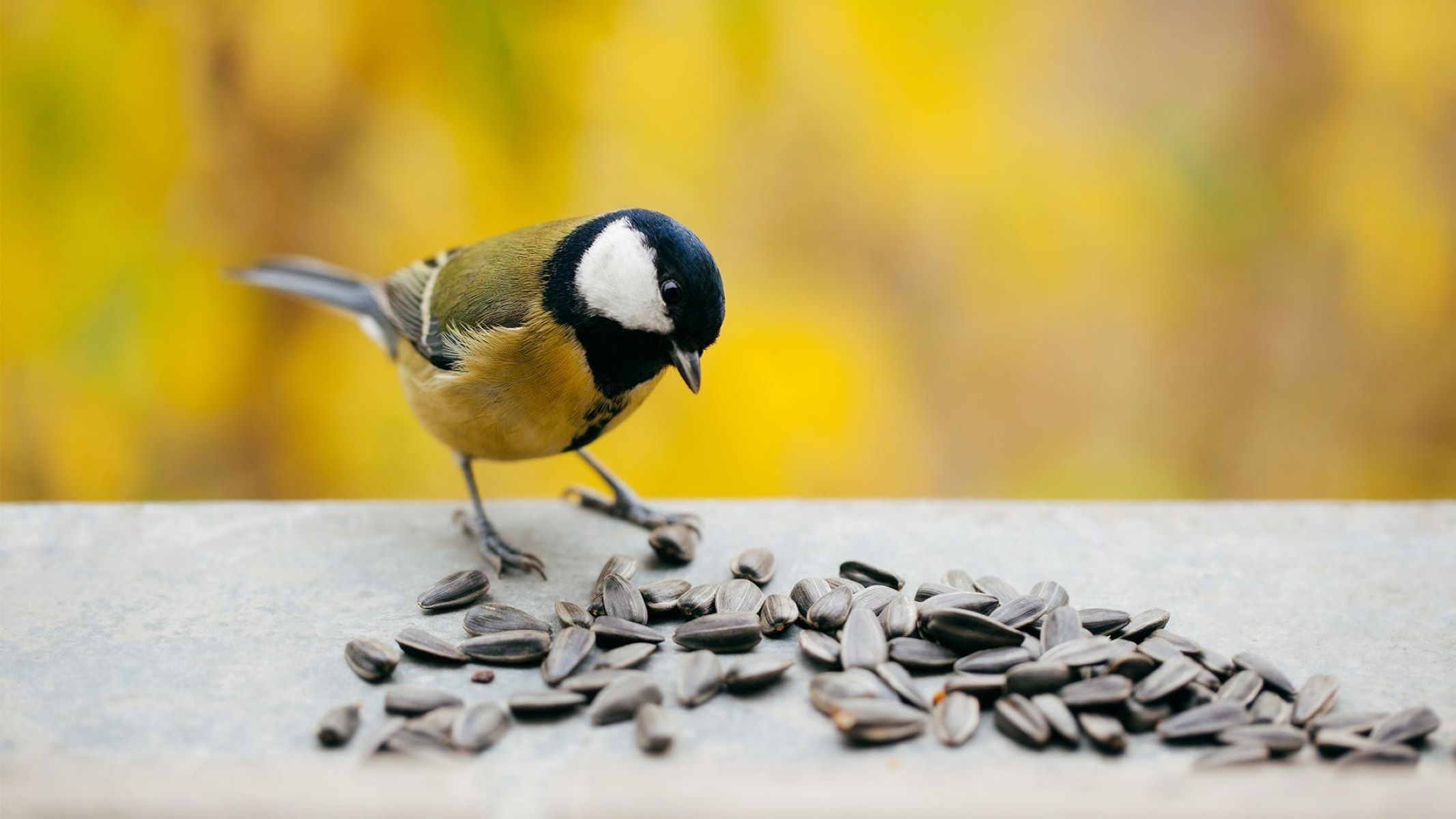

0 thoughts on “What Animal Will Eat Mums”